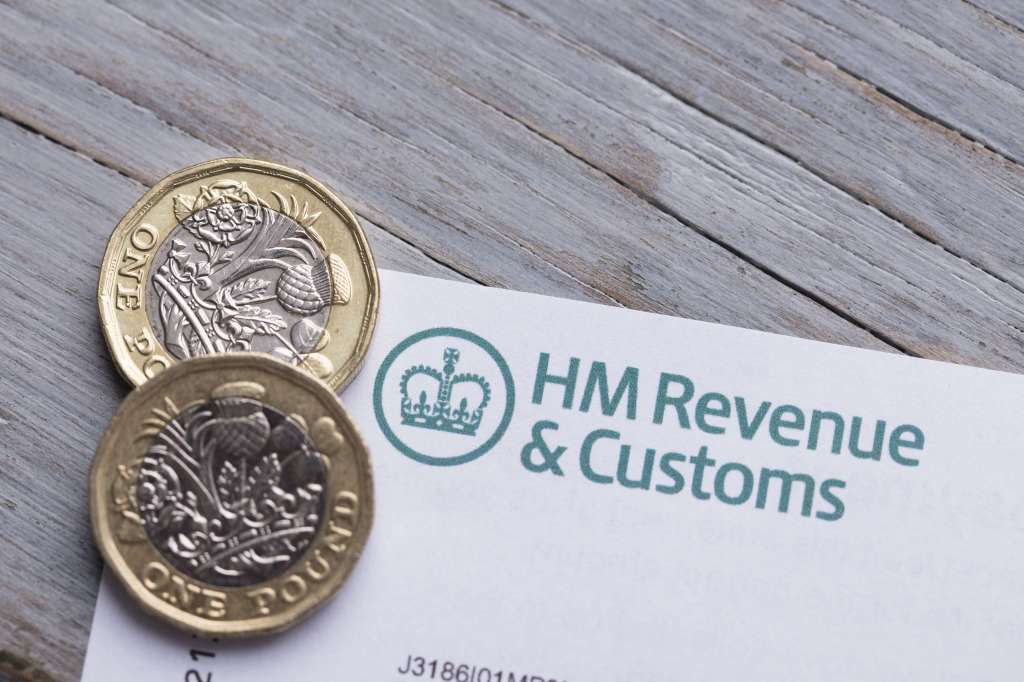The Prime Minister announced a 1.25 per cent increase to National Insurance from April 2022 to pay for social care costs.
Here, we explain what the change in rates means for small businesses and the self-employed.
What are the changes – and how much is the increase?
Speaking in parliament on 7 September, Boris Johnson revealed plans to increase National Insurance from April 2022.
The increase of 1.25 per cent will affect employees, employers, and the self-employed across the UK and is designed to fund the health and social care crisis following the pandemic.
From April 2022 – National Insurance will increase by 1.25 per cent.
From April 2023 – the extra 1.25 per cent will be collected as a separate Health and Social Care levy, which will also be paid by state pensioners.
What does this mean for small businesses?
This is yet another blow to small businesses who are struggling to recover from 18 months of challenges, including lost earnings, staff shortages, and the ‘Pingdemic’.
If you’re an employer, the rate changes could make the process of hiring staff more expensive. Employers pay a percentage of Class 1 National Insurance for each employee, depending on how much they get paid. This could raise recruitment challenges or cause businesses to try to make savings elsewhere.
Sign up for our newsletter
Looking for the latest news and features to help you stay ahead? Sign up for our monthly newsletter and get the inside track on the issues that matter to you.
If you’re a sole trader, the increased rates will be felt harder than most. Paying taxes through Self Assessment means the rate is based on income after business expenses, so in reality it directly affects how much salary you can pay yourself.
You’ll pay Class 4 National Insurance contributions if your annual profit is more than £9,568 (2021/22 tax year). Here’s an outline of the current rate and how the rates will apply from 2022:
Initial rate | Higher rate (above £50,270 a year) | |
|---|---|---|
Current rate (2021/22) | 9% | 2% |
National insurance rate 2022/23 | 10.25% | 3.25% |
National insurance rate (2023/24) Health and social care levy (2023/24) | 9% 1.25% | 2% 1.25% |
Alan Thomas, UK CEO at Simply Business, commented: “The National Insurance rise will have a significant impact on the UK’s small business owners and sole traders, and comes at a time when many have only just started their recovery from the worst of the pandemic.
“Few have been hit harder by Covid-19 than the self-employed, with small businesses losing over £22,000 each on average. With over six million small businesses in the UK – contributing trillions of pounds a year in turnover – it is crucial to our collective recovery that they bounce back.
“The National Insurance rise is the latest in a long line of setbacks, as self-employed people look to revive their livelihoods.
“We understand it’s incredibly important that the government addresses the social care crisis, but we urge the Prime Minister to do this without placing another hurdle in front of the small business owners and self-employed people who have been so heavily impacted by the pandemic.”
What do you think about the National Insurance increase? Let us know in the comments.
Looking for self-employed insurance?
With Simply Business you can build a single self employed insurance policy combining the covers that are relevant to you. Whether it’s public liability insurance, professional indemnity or whatever else you need, we’ll run you a quick quote online, and let you decide if we’re a good fit.
